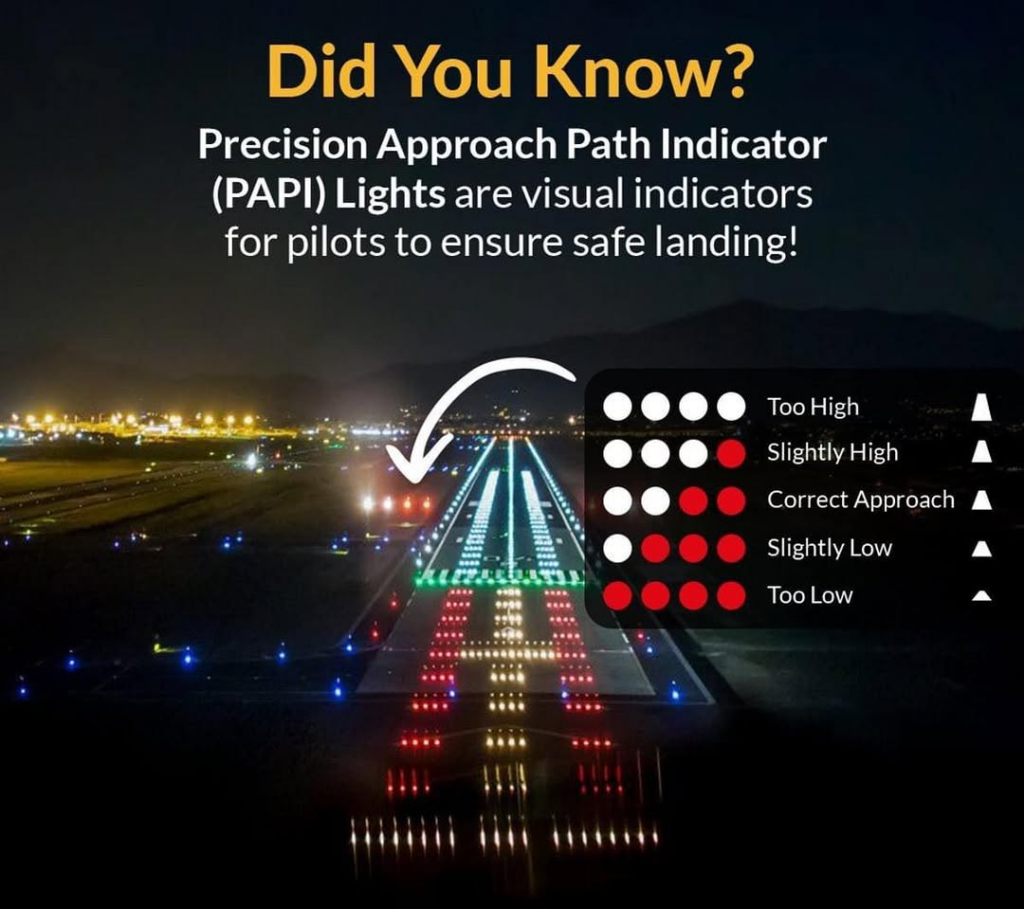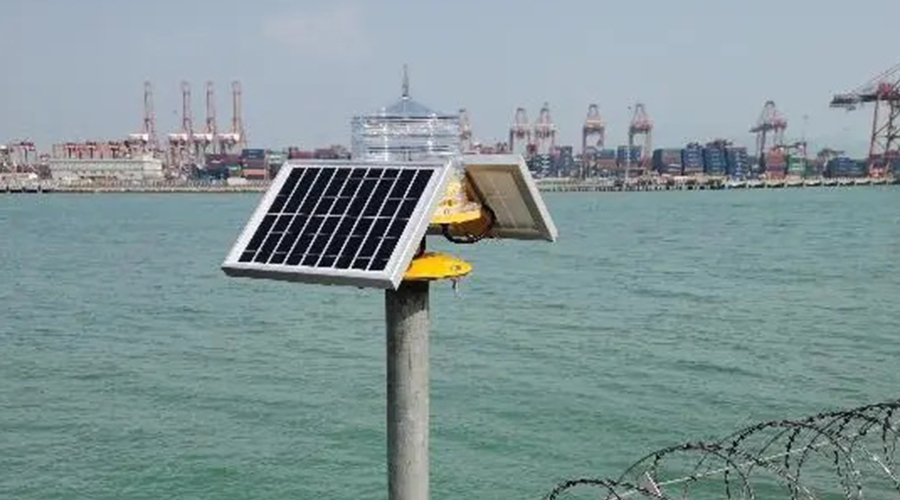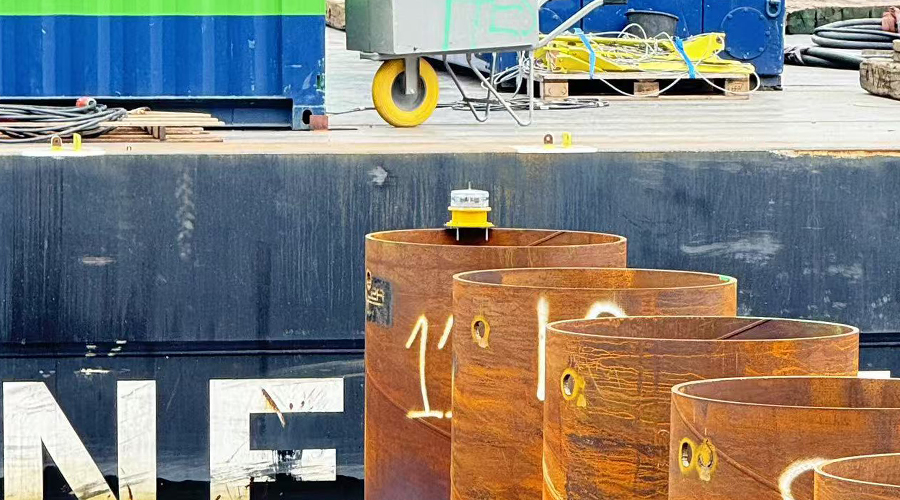What are PAPI lights? PAPI is the abbreviation of Precision Approach Path Indicator. PAPI Lights consist of 4 equidistantly set wing row lights with rapidly changing colors of multi-bulb lamps. The 4 lamps face the aircraft approaching for landing at different angles. The principle of light refraction is used to enable pilots flying along different glide slopes to observe lamps of different colors.
Working principle of PAPI Lights
Each bulb of PAPI lights consists of a light source, a red filter, and two lenses. The structure of the PAPI light can be clearly seen in the figure below. Marking point 2 is the light source, marking point 3 is the red filter, and marking point 4 is two lenses.
Every open runway at every airport has a glide slope. Usually, the installation angle of the PAPI lamp is greater than or equal to 3° and is generally equal to 3°, which depends on the distance between obstacles near the airport, especially on the extension line of the runway.
Function of PAPI Lights
PAPI lamp is a visual aid used to guide pilots to stay on the correct glide slope. It is usually located on the left side of the runway for use when the aircraft lands.

Signals expressed by PAPI Lights
- Four whites: The altitude is too high above the glide path, and a go-around is recommended
- Three whites and one red: The altitude is higher than the glide path, and correction is required (increase the descent rate)
- Two reds and two whites: Located on the glide path, continue to maintain the current glide attitude
- Three reds and one white: The altitude is lower than the glide path, and correction is required (reduce the descent rate)
- Four reds: The altitude is too low below the glide path, and the nose must be pulled up or a go-around must be made, and the altitude cannot be further reduced!






